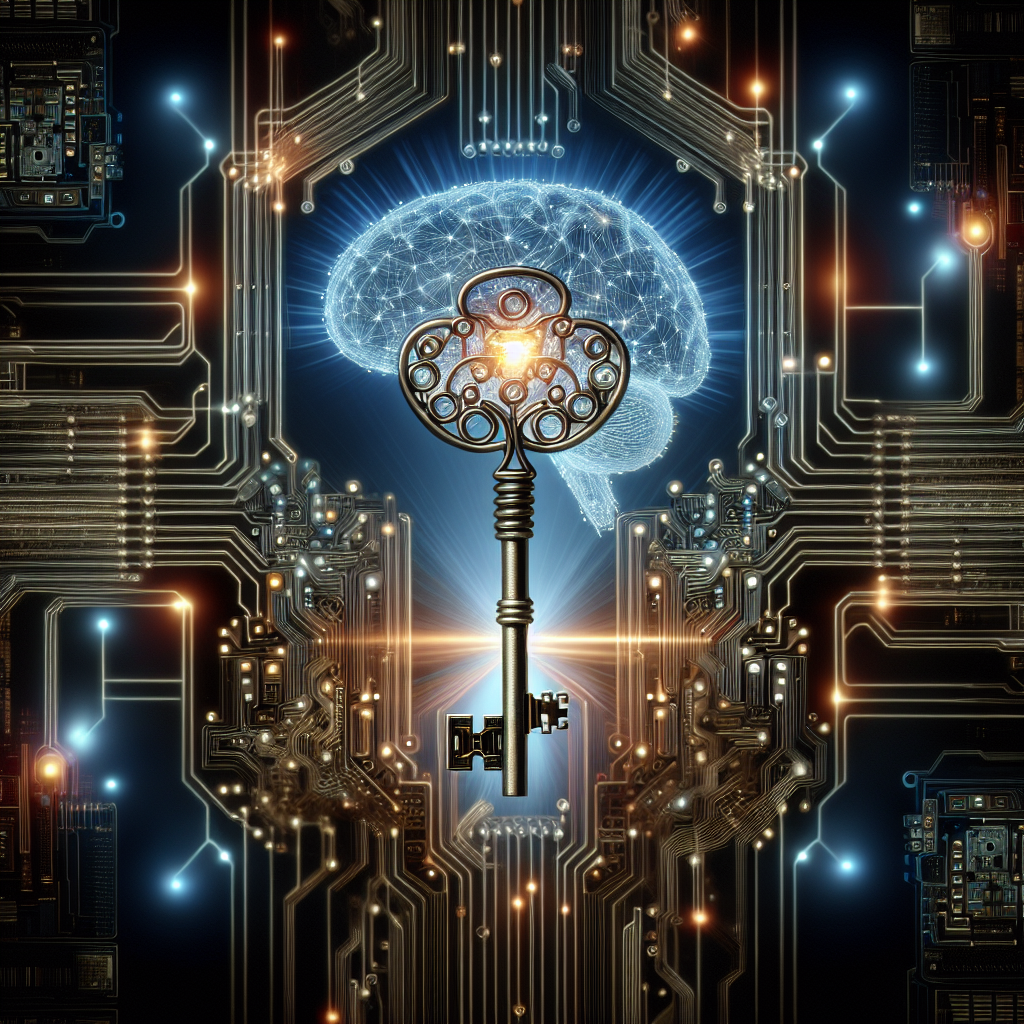Artificial General Intelligence (AGI) is the next frontier in the field of artificial intelligence (AI). Unlike narrow AI systems that are designed for specific tasks, AGI aims to replicate human-like cognitive abilities, such as reasoning, problem-solving, and learning. AGI has the potential to revolutionize industries, solve complex problems, and pave the way for truly intelligent machines.
In the digital age, where technology is advancing at an unprecedented rate, AGI is seen as the key to unlocking the full potential of AI. By developing machines that can think and reason like humans, we can tackle complex problems that have long eluded us. From healthcare to finance to transportation, AGI has the power to transform every aspect of our lives.
So, what exactly is AGI and how does it work? In this article, we will explore the concept of AGI, its potential applications, and the challenges that lie ahead.
What is AGI?
AGI refers to AI systems that possess the ability to perform any intellectual task that a human can do. This includes tasks such as reasoning, problem-solving, planning, and learning. Unlike narrow AI systems, which are designed for specific tasks, AGI aims to replicate the general intelligence of humans.
AGI systems are designed to be versatile and adaptable, capable of learning new tasks and acquiring new knowledge. They are also able to understand and interpret complex information, make decisions based on uncertain or incomplete data, and communicate effectively with humans.
The goal of AGI research is to develop machines that can think and reason like humans, with the ability to understand and process natural language, recognize patterns, and make informed decisions. This level of intelligence is often referred to as “strong AI” or “artificial general intelligence.”
Applications of AGI
The potential applications of AGI are vast and varied. In healthcare, AGI systems could revolutionize medical diagnosis and treatment, improving patient outcomes and reducing healthcare costs. By analyzing vast amounts of medical data, AGI systems could identify patterns and trends that human doctors may miss, leading to more accurate diagnoses and personalized treatment plans.
In finance, AGI systems could be used to analyze market trends, predict stock prices, and optimize investment strategies. By processing massive amounts of financial data in real-time, AGI systems could help investors make better decisions and maximize their returns.
In transportation, AGI systems could be used to optimize traffic flow, reduce congestion, and improve safety. By analyzing data from sensors and cameras installed on roads and vehicles, AGI systems could detect and respond to traffic incidents in real-time, helping to prevent accidents and improve the overall efficiency of the transportation system.
Challenges and Future Directions
Despite the potential benefits of AGI, there are several challenges that researchers must overcome in order to develop truly intelligent machines. One of the biggest challenges is the ability to create machines that can learn and adapt in a human-like manner. While AI systems can be trained to perform specific tasks, they often lack the ability to generalize their knowledge and apply it to new situations.
Another challenge is the ethical and societal implications of AGI. As machines become more intelligent and autonomous, questions arise about the impact on jobs, privacy, and security. There are also concerns about the potential misuse of AGI by malicious actors, such as hackers or authoritarian governments.
In order to address these challenges, researchers are exploring new approaches to AGI, such as combining different AI techniques, developing more advanced algorithms, and building systems that can explain their decisions to humans. By taking a multidisciplinary approach to AGI research, we can accelerate progress and ensure that intelligent machines are developed in a responsible and ethical manner.
FAQs
Q: What is the difference between AGI and narrow AI?
A: AGI refers to AI systems that possess the ability to perform any intellectual task that a human can do, while narrow AI systems are designed for specific tasks. AGI aims to replicate human-like cognitive abilities, such as reasoning, problem-solving, and learning, whereas narrow AI systems are limited to narrow domains, such as image recognition or speech recognition.
Q: How close are we to achieving AGI?
A: While significant progress has been made in AI research, we are still far from achieving AGI. Researchers are constantly working to improve AI systems and overcome the challenges that stand in the way of developing truly intelligent machines. It is difficult to predict when AGI will be achieved, but many experts believe that we are on the cusp of a major breakthrough in AI research.
Q: What are the potential risks of AGI?
A: There are several potential risks associated with AGI, including job displacement, privacy concerns, and security risks. As machines become more intelligent and autonomous, there is a possibility that they could surpass human intelligence and pose a threat to humanity. It is important for researchers to address these risks and develop AGI systems that are safe, ethical, and beneficial to society.
In conclusion, AGI has the potential to revolutionize industries, solve complex problems, and pave the way for truly intelligent machines in the digital age. By developing machines that can think and reason like humans, we can unlock the full potential of AI and create a future where intelligent machines work alongside humans to improve our lives. While there are challenges and risks associated with AGI, researchers are making significant progress in AI research and are working towards developing intelligent machines that are safe, ethical, and beneficial to society.

